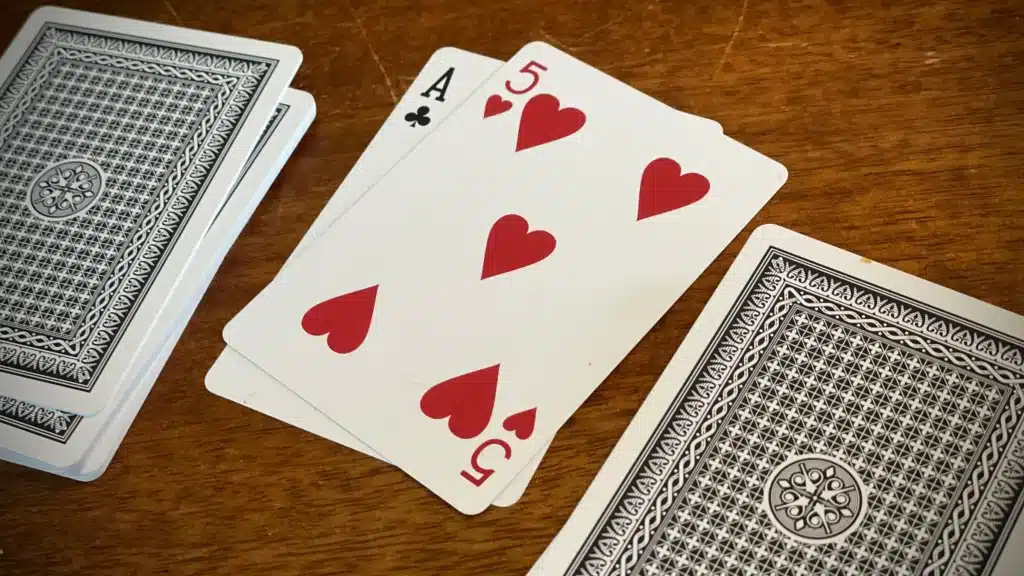Card games have always been a source of entertainment and competition, offering a perfect blend of luck and strategy. Among the myriad of card games, “War” stands out for its simplicity yet engaging gameplay. Whether you’re introducing a newcomer to the world of card games or looking for a quick yet enjoyable pastime, War fits the bill perfectly. In this guide, we’ll delve into the rules, strategies, and variations of the game to help you become a seasoned player of War.
Understanding the Basics
War is typically played with a standard 52-card deck, without the Jokers. The objective of the game is to win all the cards or to accumulate the most cards by the end of the game.
- Setup: Shuffle the deck thoroughly and deal out the entire deck evenly among all players. Players do not look at their cards.
- Gameplay: Simultaneously, each player reveals the top card of their deck. The player with the highest-ranking card wins the round and collects all the revealed cards, placing them face down at the bottom of their stack. The ranking of cards is as follows, from highest to lowest: Ace, King, Queen, Jack, 10, 9, 8, 7, 6, 5, 4, 3, 2.
- War: If there is a tie, i.e., both players reveal cards of equal rank, a “war” occurs. In this case, each tied player places three cards face down and then a fourth card face up. The player whose face-up card is of the highest rank wins all the cards on the table. If there is another tie during a war, the process repeats until one player’s card is higher than the other’s.
- Winning: The game continues until one player has won all the cards. Alternatively, players can agree on a set number of rounds or a specific time limit.
Strategies for Success
While War is predominantly a game of chance, there are a few strategies that can enhance your chances of winning:
- Card Counting: Keep track of the cards that have been played to gain insight into which cards remain in the deck. This can help you anticipate the likelihood of winning ties and adjust your strategy accordingly.
- Managing Wars: During a war, consider the value of the cards you’re willing to sacrifice. Sometimes it’s strategic to use lower-ranking cards to prolong the war and potentially win a larger pile of cards.
- Psychological Tactics: Pay attention to your opponents’ reactions and behaviors. While luck plays a significant role, bluffing and psychological tactics can influence your opponents’ decisions and outcomes.
Variations to Explore
War is a versatile game with numerous variations that can add depth and excitement to the gameplay. Here are a few popular variations:
- Three-Player War: Played similarly to the standard game, but with three players. In this version, players compete to win cards from the other two players.
- Double War: In the event of a tie, instead of a regular war, a double war occurs. Players place six cards face down and then reveal the seventh card to determine the winner.
- Strategic War: Introduce a strategic element by allowing players to choose which card to play from their hand rather than revealing the top card of their deck.
War is a timeless card game that offers simple yet captivating gameplay suitable for players of all ages. While luck plays a significant role, strategic thinking and awareness can tip the scales in your favor. By mastering the rules, honing your strategies, and exploring variations, you can elevate your War-playing skills and enjoy countless hours of entertainment with friends and family. So, gather your deck, shuffle those cards, and embark on the journey to conquer the battlefield in the game of War.






